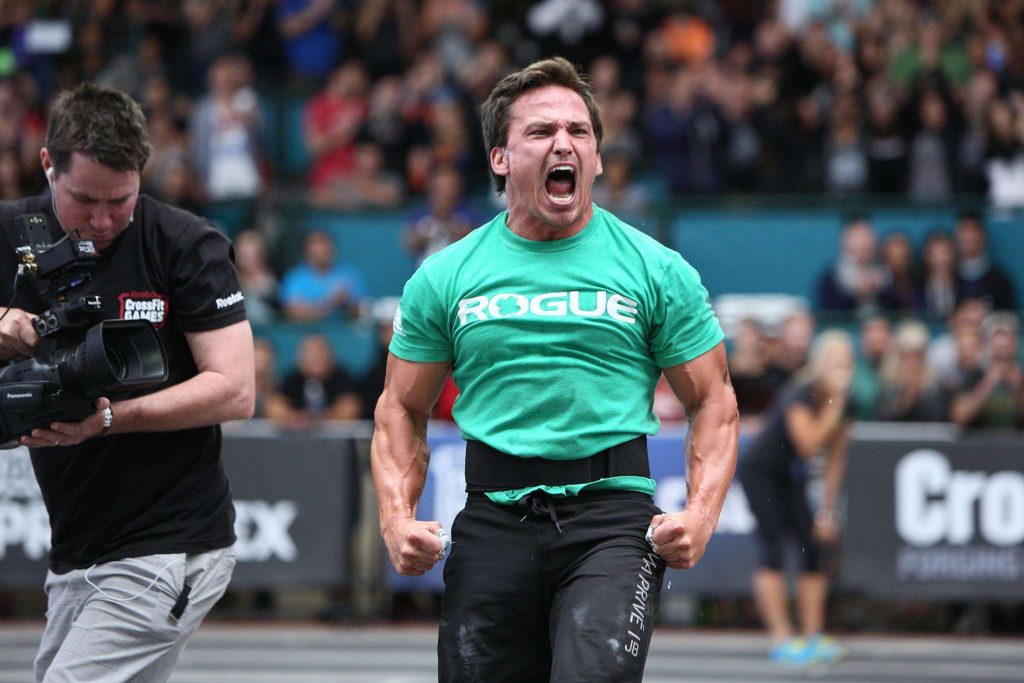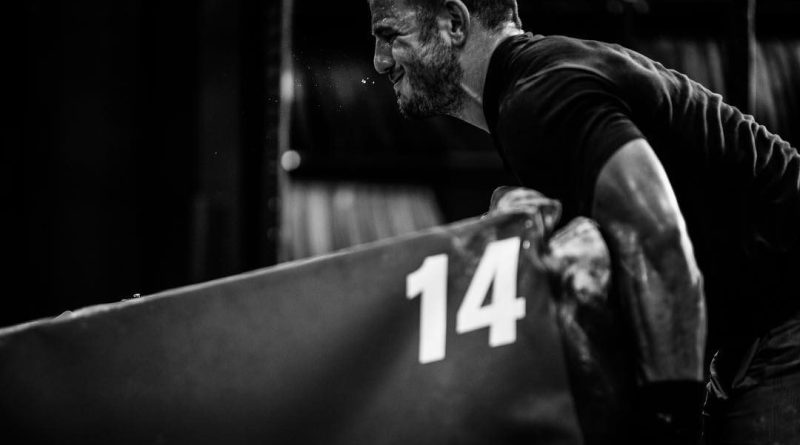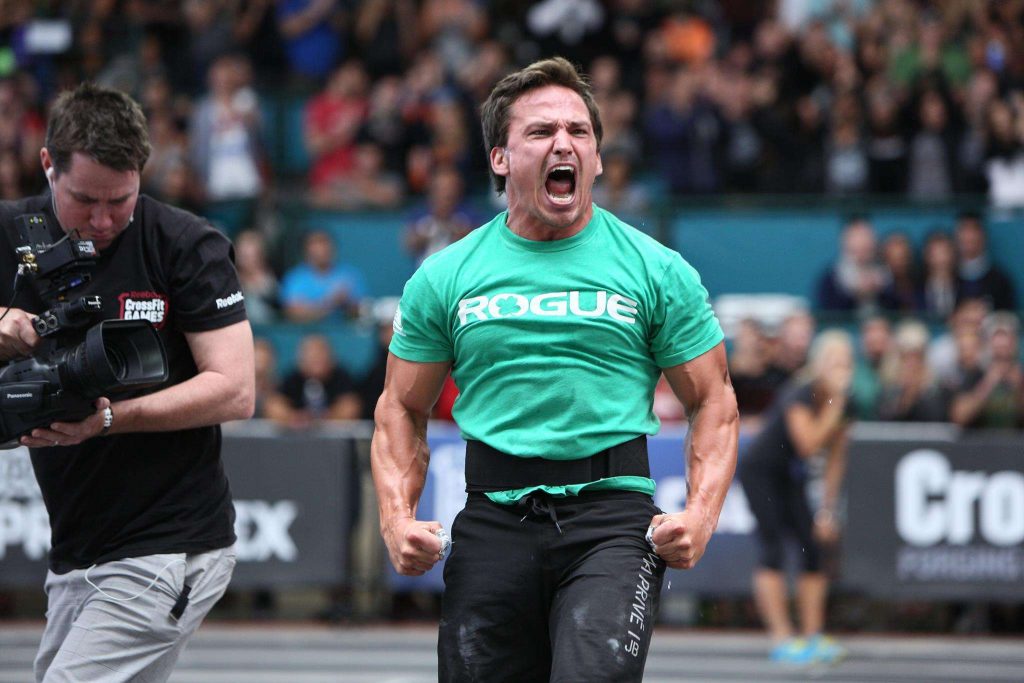El fracaso: ¿por qué unos crecen y otros se hunden?
En el “Deporte del Fitness” hemos podido ser testigos de incontables historias de superación. Rich Froning debe su éxito en CrossFit y en la vida a una escalada de cuerda en los Games de 2010. Tia-Clair Toomey se recuperó de una derrota en 2016 y ha pasado a convertirse en la mujer más dominante de la historia con tres oros consecutivos (2017, 2018 y 2019).
Pero, pese a que estos atletas han incrementado sus niveles de rendimiento tras un gran fracaso, otros han sido incapaces de replicar estas historias de éxito. Así pues, surge la pregunta: ¿qué mecanismos psicológicos subyacen en la recuperación tras el fracaso?
La teoría del estilo atribucional
La teoría del estilo atribucional (Abramson, Seligman y Teasdale, 1984) refleja el proceso a través del cual un individuo explica la causalidad de los eventos. Se compone de tres factores – cognitivo, motivacional y emocional – y se construye a partir de tres dimensiones: estabilidad, especificidad e internalidad.
- Estable-inestable: una atribución estable viene a decir que las consecuencias – ya sean positivas o negativas – se consideran crónica. Por otra parte, una atribución inestable sólo aplica a la situación presente.
- Específico-global: una atribución global implica que estas consecuencias ocurrirán en otras situaciones, mientras que una atribución específica se refiere únicamente al evento original.
- Interno–externo: en esta dimensión el individuo determina si la causalidad del evento es dependiente de sus propias habilidades o si atribuyen la causa a factores externos (suerte, evaluadores externos, dificultad de la tarea, etc.)
Estas tres dimensiones interactúan entre sí y pueden dar lugar a una amplia variedad de posibilidades. Sin embargo, parece que hay una tendencia natural en cada uno de nosotros que tiene que ver con el optimismo y el pesimismo. Como vimos en otro artículo, ambos rasgos tienen sus propias consecuencias y, en relación con el estilo atribucional, podemos distinguir entre dos estilos explicativos completamente opuestos:
- Estilo explicativo pesimista: estos individuos explican los eventos negativos como estables, globales e internos (“esto me pasa siempre, con todo y es mi culpa”). Los eventos positivos, en cambio, son considerados como inestables, específicos
y externos (“tuve suerte esta vez y no volverá a pasar”). - Estilo explicativo optimista: los eventos negativos se consideran inestables, específicos y externos (“el juez me estaba quitando repes como un maníaco”) mientras que los eventos positivos son considerados estables, globales e internos (“mi rendimiento siempre ha sido muy sólido y consistente”).
Según algunos autores (Seligman, Nolen-Hoeksema & Thornton, 1990; Martin-Krumm et. al, 2003) el estilo atribucional podría tener un rol mediador en la recuperación tras un fracaso. Deportistas con un perfil pesimista tienden a rendir incluso peor tras una experiencia de fracaso. Esto no ocurre en aquellos atletas más optimistas y podría ser porque al mantener elevadas sus expectativas de éxito, se “protegen” de ver afectado su rendimiento deportivo en el futuro.
Cómo afectan estas atribuciones a los atletas

- Lesiones deportivas: en términos de rehabilitación y regreso a la actividad deportiva, ambos estilos atribucionales pueden tener consecuencias negativas. El atleta pesimista puede sufrir en la adherencia al tratamiento mientras que el atleta optimista puede hacer demasiado para recuperarse lo antes posible.
- Adquisición de nuevas habilidades: dominar un conjunto de habilidades deportivas específicas es un objetivo prioritario para cualquier atleta. Anticipar un resultado negativo puede enlentecer el proceso de aprendizaje más de lo necesario; por otro lado, ser optimista puede llevar al atleta a ir demasiado rápido y saltarse los fundamentos (algo que en CrossFit puede penalizarte a largo plazo).
- Rendimiento en competición: en este contexto, sólo existen dos consecuencias posibles – victoria o derrota – y el estilo atribucional determinará cómo afrontan sus resultados y ejercerá una gran influencia sobre su rendimiento durante la competición presente y las que están por venir.
Cómo gestionar un estilo atribucional
Como coaches

Los entrenadores juegan un papel muy interesante en la gestión de estilos explicativos porque ocurre que éstos suelen ser desconocidos para los individuos… hasta que alguien se lo hace ver. Como coaches, debemos aprender cómo atribuyen causalidad nuestros atletas a sus eventos vitales y usar esa información. La forma más fácil de identificar un estilo atribucional es monitorizar la expectativa de éxito ante una tarea y, después, hacer que expliquen el fallo o el éxito en la ejecución de dicha tarea. Una vez determinado su estilo atribucional, se pone a prueba con diferentes situaciones:
- Manipulando las variables de un ciclo de entrenamiento para generar éxito o fracaso deliberadamente. Si nuestro atleta suele internalizar el fracaso, intentaremos provocar situaciones de éxito y le guiaremos para que lo interprete como el resultado de su rendimiento. Pero también deberemos proponer tareas donde haya un feedback negativo pese a que lo haya ejecutado a la perfección. ¿Por qué? Para que entienda que habrá veces en las que haga todo bien pero los objetivos no se cumplan.
- Que tu atleta analice el rendimiento de otro deportista. Te sorprendería lo fácil que es identificar defectos y virtudes en otros y ésta es una herramienta muy eficaz para enseñar a tu deportista a detectar errores atribucionales. Incluso puedes “disfrazar” la propia experiencia del atleta como un caso hipotético y, una vez que lo analice, revelas la auténtica identidad del deportista analizado.
- Enseñar a tu deportista a generar atribuciones alternativas. Tras una sesión de entrenamiento o una competición importante, haz que el atleta explique sus resultados de todas las maneras posibles. Después, que encuentren evidencias que fundamenten cada teoría (por ejemplo, “si tan malo eres en el CrossFit, ¿cómo pudiste ser el primero en España en aquel entrenamiento del Open?”; “¿fue el juez el que iba a por ti o simplemente no estabas rompiendo el paralelo en la sentadilla?).
Como atletas
Recuerda que nuestros cerebros son dinámicos y, aunque vienen con unos valores de fábrica, responden muy bien a nuestras interacciones con el entorno. Identifica tu estilo atribucional y aprécialo como tal porque todos tienen sus ventajas; pero no vayas a pensar que son las Tablas de la Ley.
Justo el otro día fui testigo de algo increíble. Una de las personas más pesimistas que conozco está esperando un diagnóstico para una reciente lesión de rodilla. En 2018 se rompió el LCA, los ligamentos laterales y el menisco externo de la otra rodilla y esto la destrozó psicológicamente por lo que sus experiencias pasadas no ayudan. Cuando hablé con ella, esperaba que me detallara las más sombrías de las expectativas y para mi sorpresa me dijo: “¿Sabes qué? Esta vez no voy a ser pesimista. Voy a pensar en positivo y si me equivoco, pues ya veré qué hacer entonces”.
En resumen: eres un agente ACTIVO en esta vida loca. Desempeña ese papel con cabeza.
- Abramson, L.Y., Seligman, M.E., & Teasdale, J.D. (1978). Learned helplessness in humans: critique and reformulation. Journal of abnormal psychology, 87(1), 49.
- Martin-Krumm, C.P., Sarrazin, P.G., Peterson, C., & Famose, J. P. (2003). Explanatory style and resilience after sports failure. Personality and individual differences, 35(7), 1685-1695.
- Seligman, M.E., Abramson, L.Y., Semmel, A., & von Baeyer, C. (1979). Depressive attributional style. Journal of Abnormal Psychology, 88(3), 242–247.
- Seligman, M.E., Nolen-Hoeksema, S., Thornton, K.M., & Thornton, N. (1990). Explanatory style as a mechanism of disappointing athletic performance. Psychological Science, 1, 143-146.





